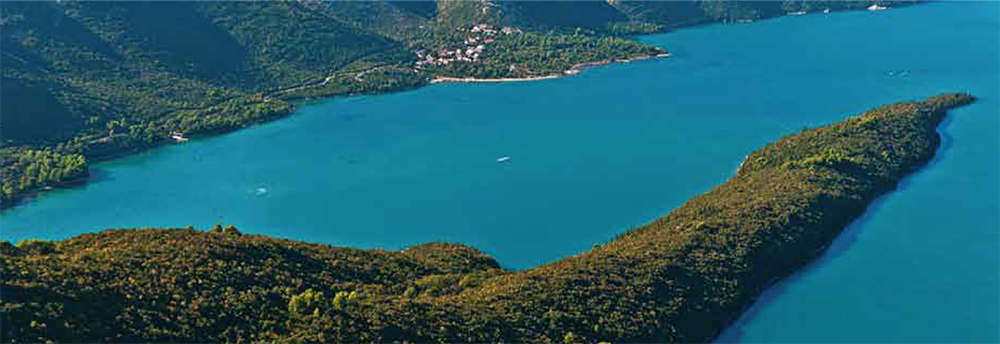
Location
Pelješac
Pelješac is the second largest Croatian peninsula in
the Dubrovnik-Neretva County in southern Croatia. It extends almost parallel
to the coast, from the place of connection with the land in Mali Ston to
Cape Lovišta it is 77 km long. Its area is 355 km2 and it has a
population of 8,000, while it is connected to the land through Stonska
prevlaka. The coastline of the peninsula is about 200 km long.
The
Pelješac Channel , which separates the peninsula from the island of Korčula,
contains 50 islands and beautiful beaches. Pelješac belongs to the Adriatic
type of Mediterranean climate, characterized by long, dry and hot summers
with clear and calm days, while winters are mild and wet. Such a climate is
favorable to vegetation, especially vines, olives and fruit.
The history of Pelješac extends from the Stone Age, the Illyrians, Greeks, Romans, Slavs to the Republic of Dubrovnik and the Habsburg monarchy to modern times. The rich heritage of the peninsula includes ancient monuments and artifacts (burial mounds and settlements from the Illyrian period, Roman tombstones, sunken ships near Cape Viganj), churches and monasteries. The residents of Pelješac are known sailors, fishermen, winemakers, and hospitable hosts to tourists from all over the world.


Ston
Ston is a historic town at the very "entrance" of Pelješac. The Republic of Dubrovnik, while the community was still under the Venetian Republic, bought Ston and Rat (Pelješac) in 1333 as a strategically important city that controls access to Pelješac, it is surrounded by a 5.5 km long defensive wall, which makes it one of the world's most beautiful examples of a fortified town and of Dubrovnik architecture. Ston, with Dubrovnik was one of the first cities in Europe that has been built in accordance with urban planning. It is known for its salt pans from the Roman period, which are still in operation, and good domestic wine (Plavac Mali) and shellfish - especially oysters.



